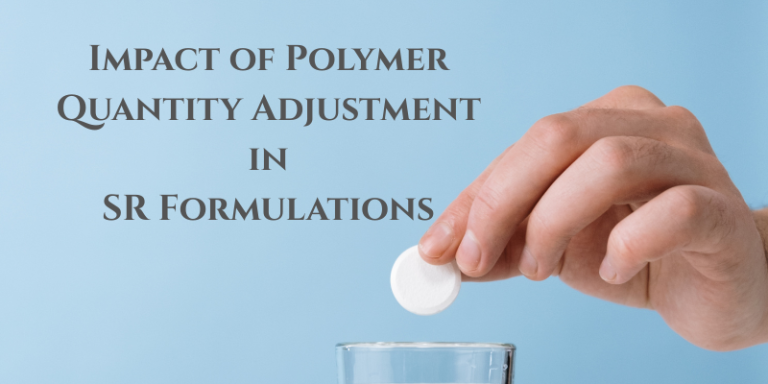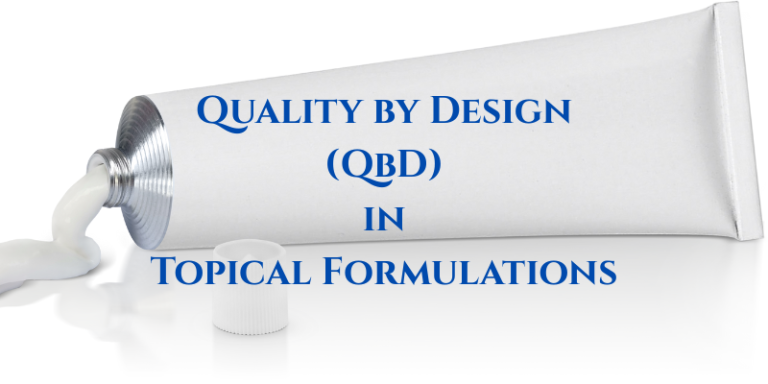Tips for Selecting the Ideal API Particle Size for Solid Dosage Forms
Optimizing API particle size is pivotal for tablets and capsules—impacting flow, compressibility, content uniformity and ultimately, drug performance.
Start with the API’s BCS Class
BCS II/IV (Poor Solubility)
- Example: “X Drug” micronized to 10–20 µm. Coupled with a hydrophilic carrier, dissolution rate increased by ~40 %.
BCS III (High Solubility)
- Example: “Y Drug 500” retained at 100–150 µm for direct compression, ensuring robust flow and tablet weight uniformity.
Low-Dose APIs Class II
- Example: “Z Drug 5 mg” targeted D90 ≤ 30 µm to achieve blend uniformity at < 1 % API loading.
Align Particle Size with Manufacturing Strategy
Direct Compression
- Example: High-dose API as 150–200 µm granules improved flow index by 25 % and increased tablet hardness by 30 %.
Wet Granulation
- Example: BCS II API at 30–50 µm prevented fine-particle segregation during granule formation.
Roller Compaction
- Example: Mid-range particles (50–100 µm) achieved optimal ribbon strength without over-densification.
Tailor Particles to the Dosage Form
Immediate-Release Tablets
- Aim for D50 20–50 µm to balance rapid dissolution and good flow.
Controlled-Release Pellets/Capsules
- Use uniform 100–200 µm beads to ensure consistent coating and predictable release.
Multi-Unit Pellet Systems (MUPS)
- Blend 50–100 µm pellets with 150–200 µm fillers for content uniformity and minimal segregation.
Prevent Costly Mistakes
Segregation Risk:
- Avoid excessive fines (D10 < 10 µm) in high-dose formulations; fines promote segregation.
Poor Flow:
- For APIs < 30 µm, include 0.5–1 % glidant (e.g., colloidal silica) to maintain flow.
Content Uniformity Failure:
- Low-dose APIs (< 5 mg) may require roller compaction to increase particle size and improve blend homogeneity.
Case Study: Overcoming Uniformity Failures
- Issue: A 5mg tab potent Drug API (D90: 80 µm) failed content uniformity due to poor blending.
- Solution: Micronized to D90: 25 µm + added lactose (D50: 30 µm) and 0.8% magnesium stearate.
by balancing particle size, excipient selection, and process design, you can achieve robust, compliant formulations for even the most challenging potent drugs.
Read also:
- Impact of Polymer Quantity Adjustment in Sustained-Release Formulations
- Optimizing Particle Size Distribution (PSD) for Tablet Formulations
Resource Person: Jamal Jameel







